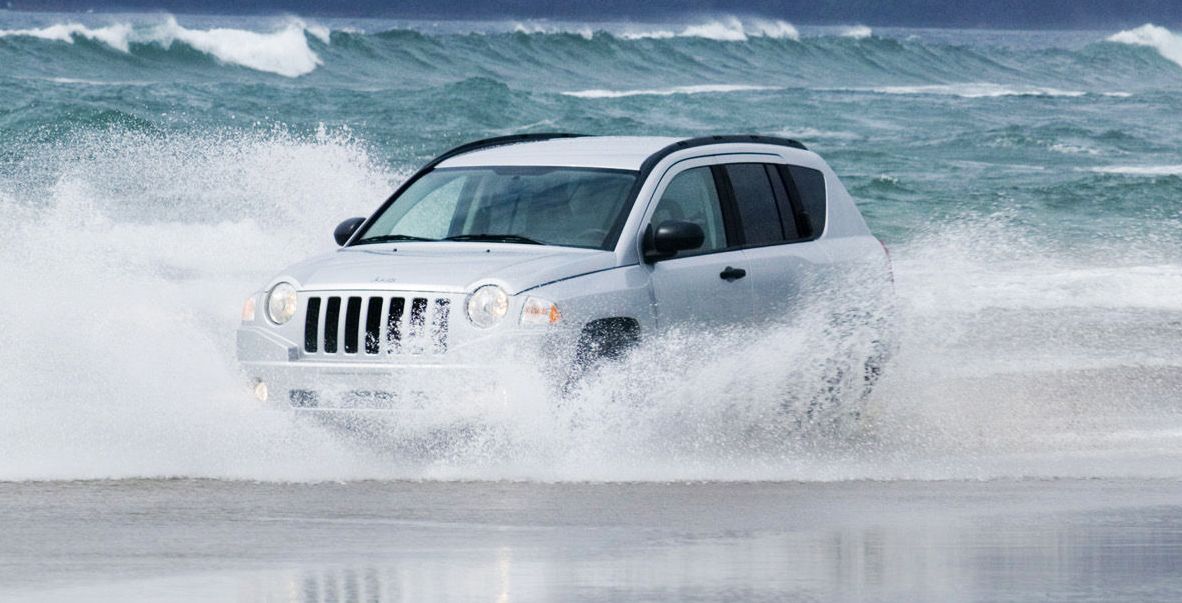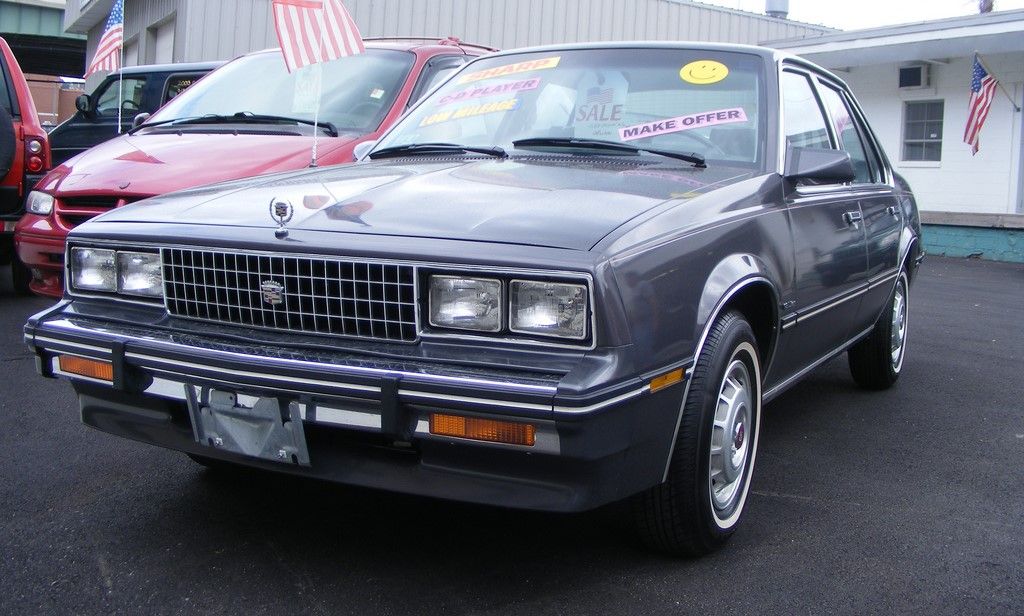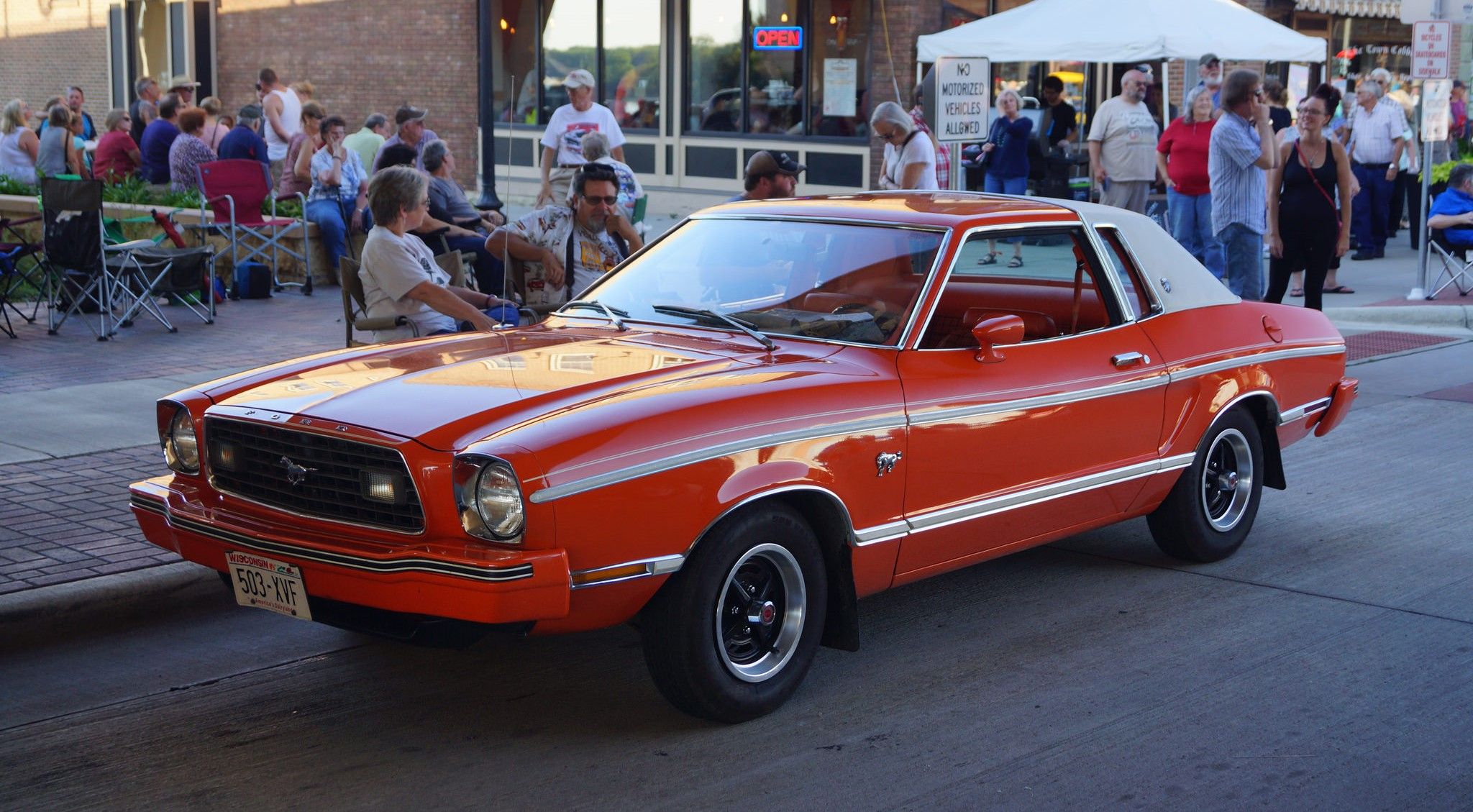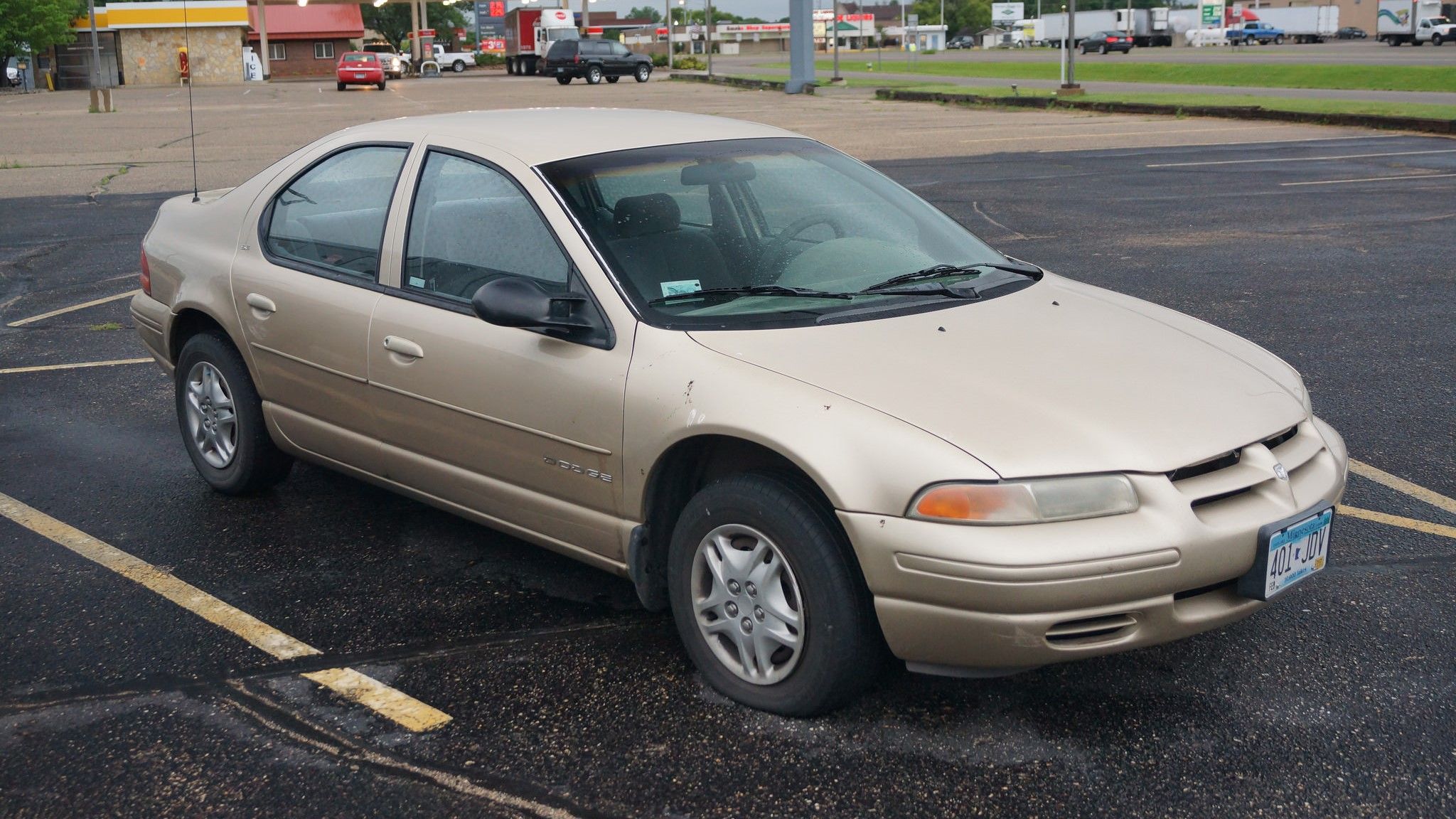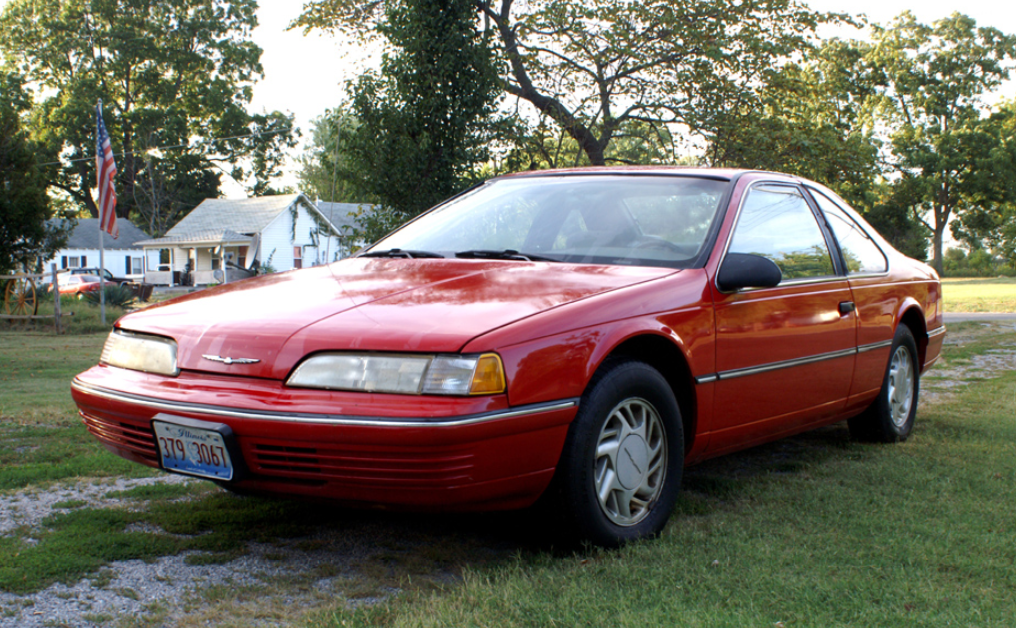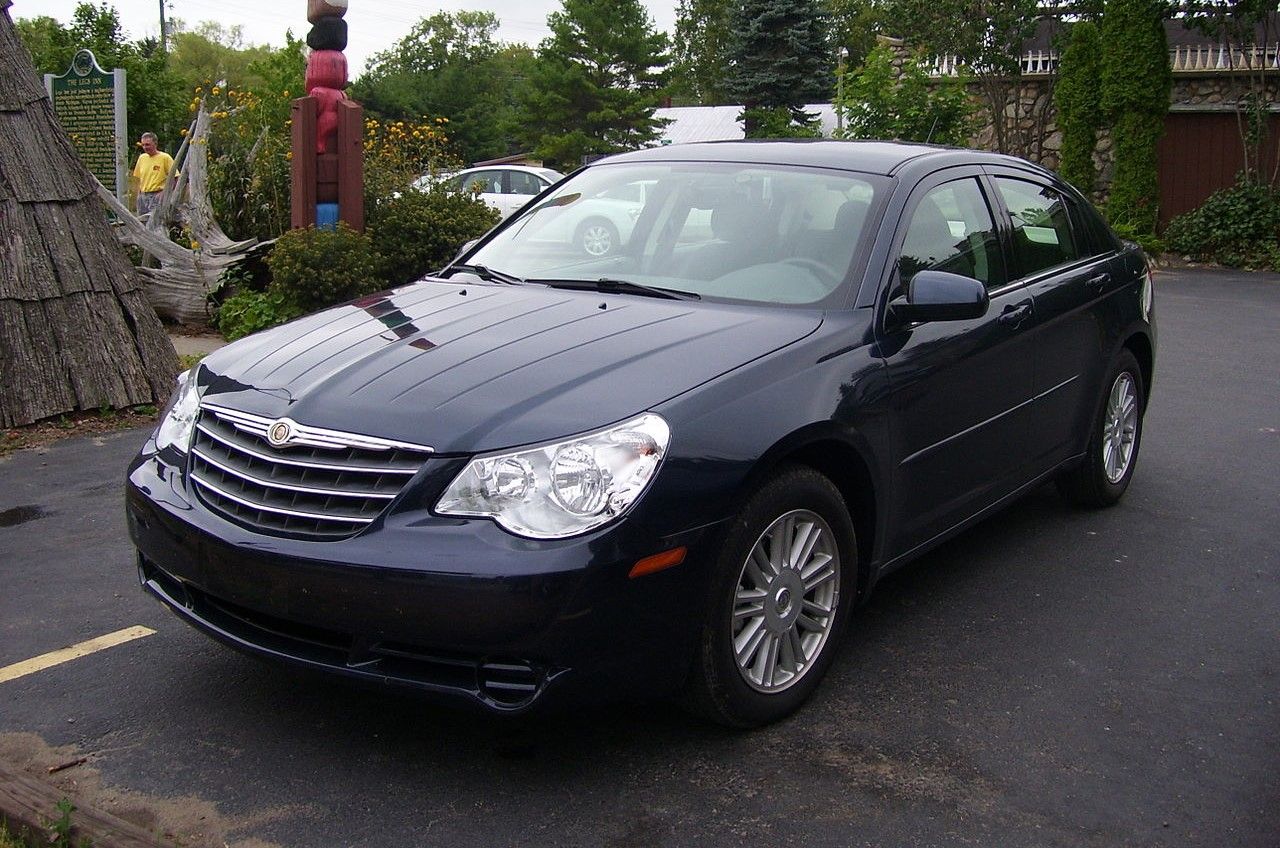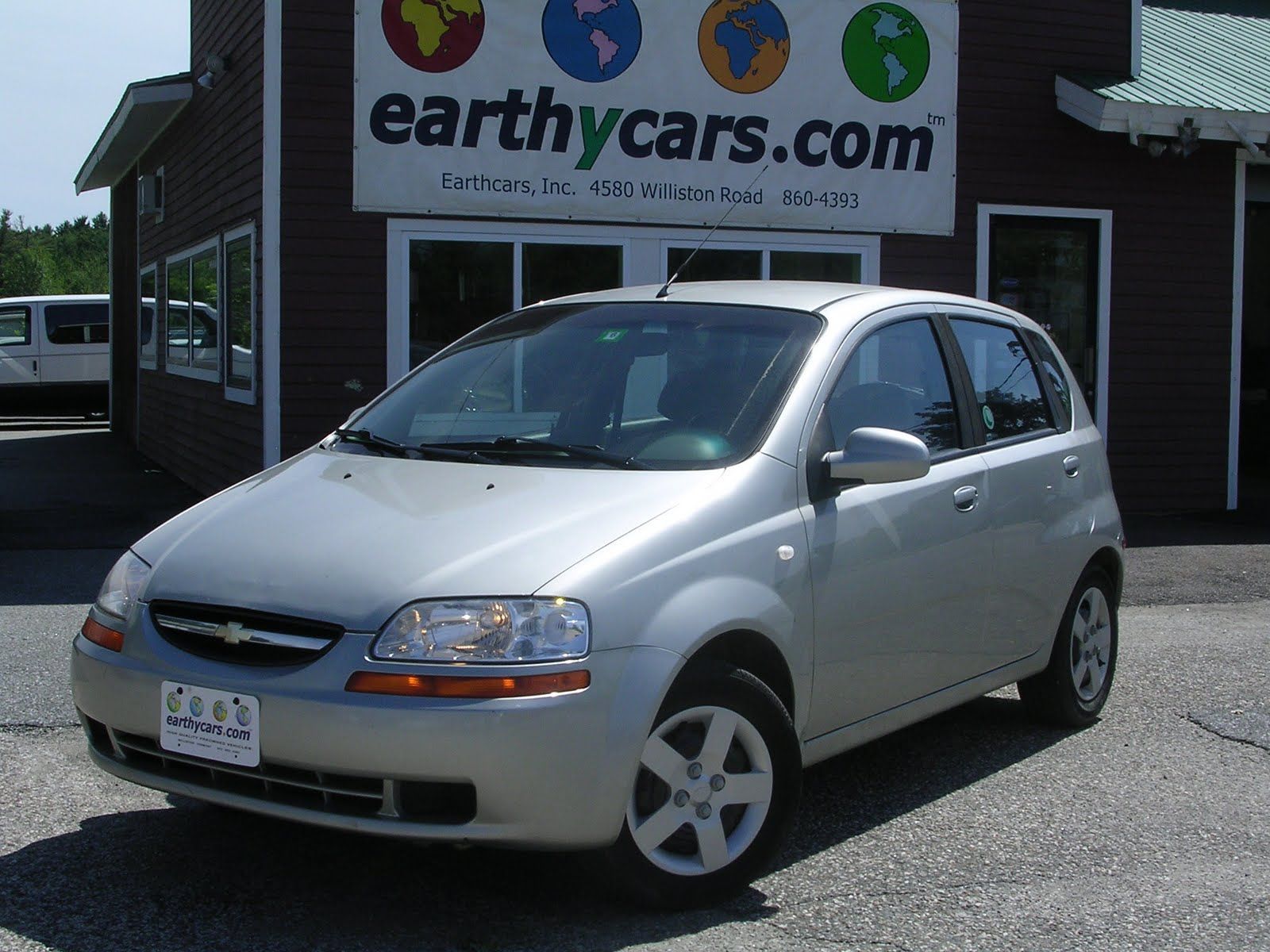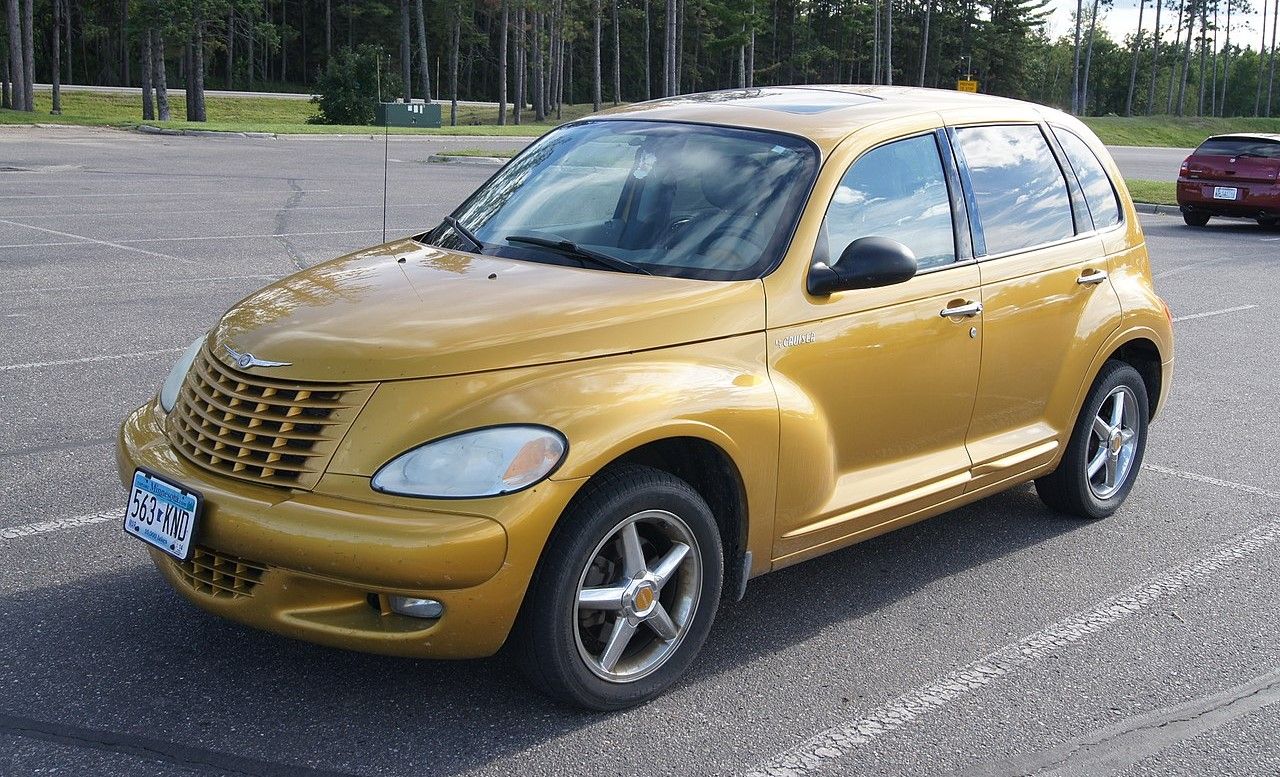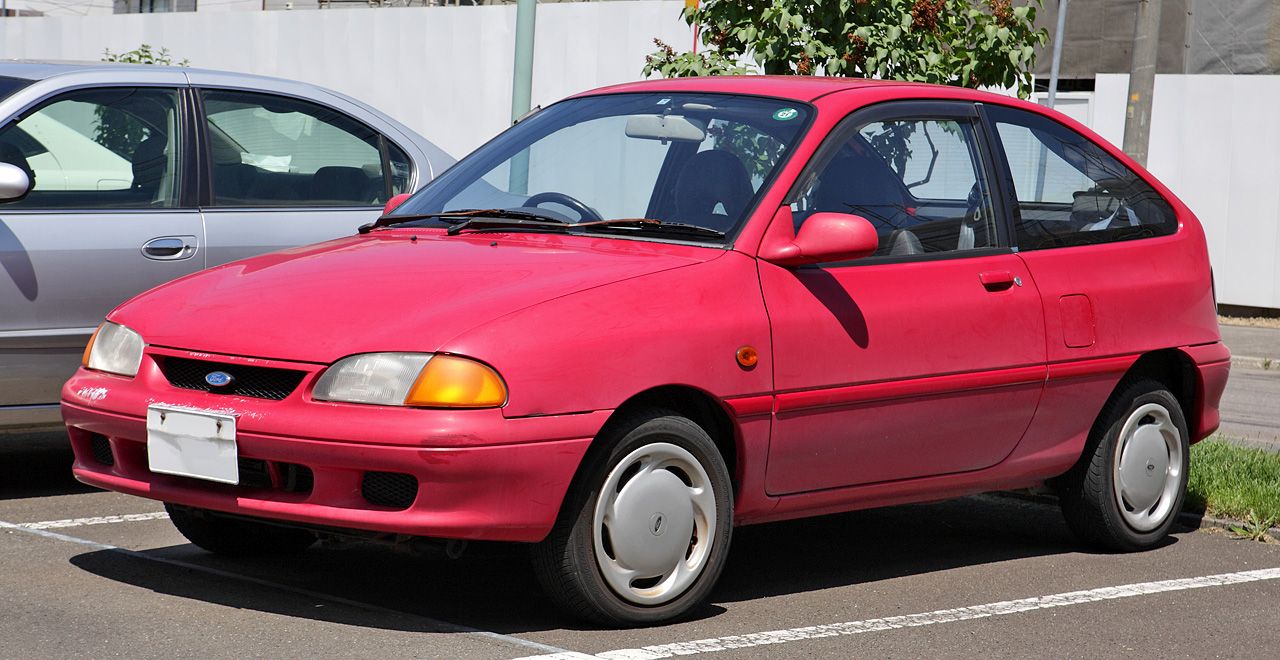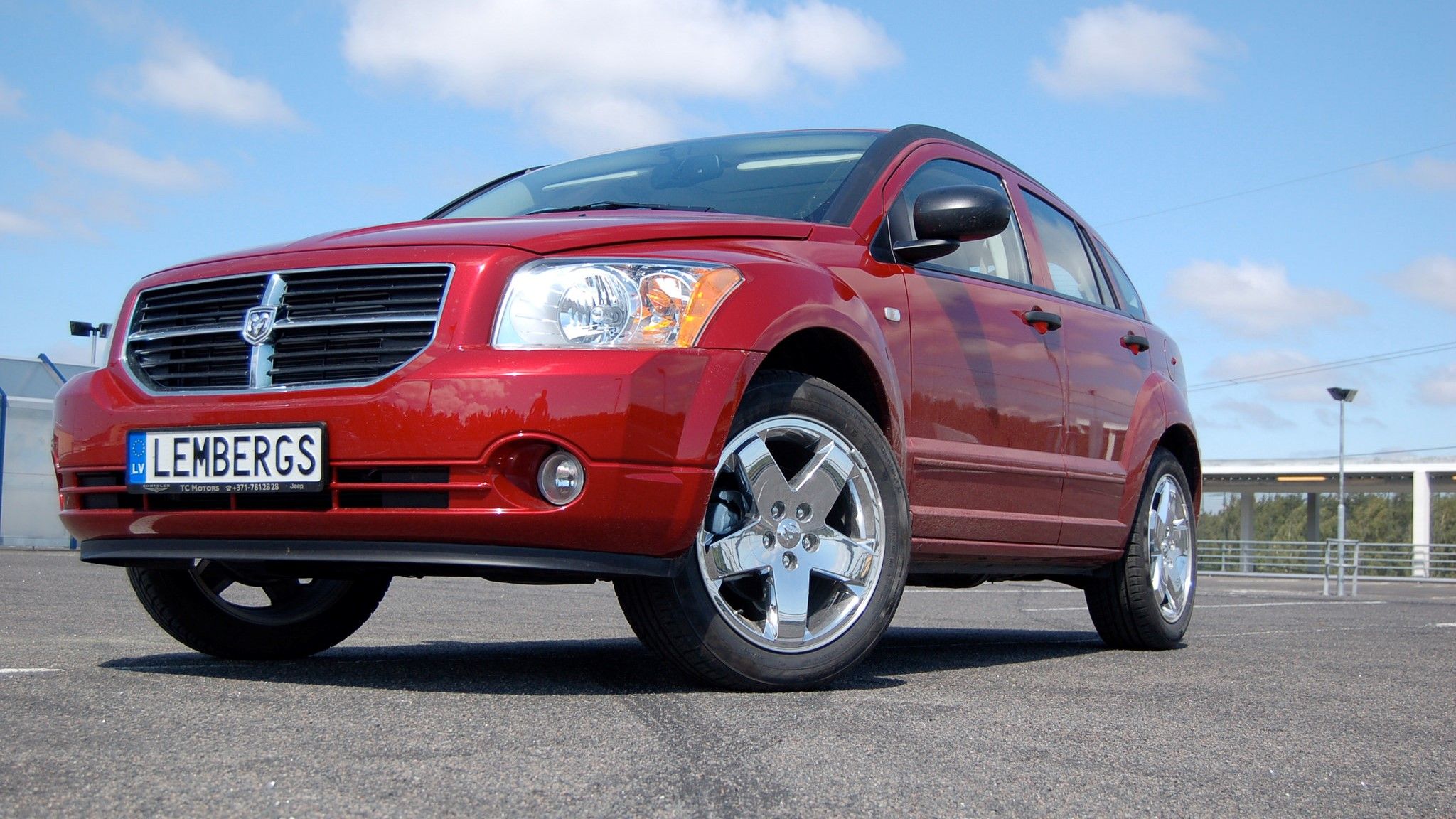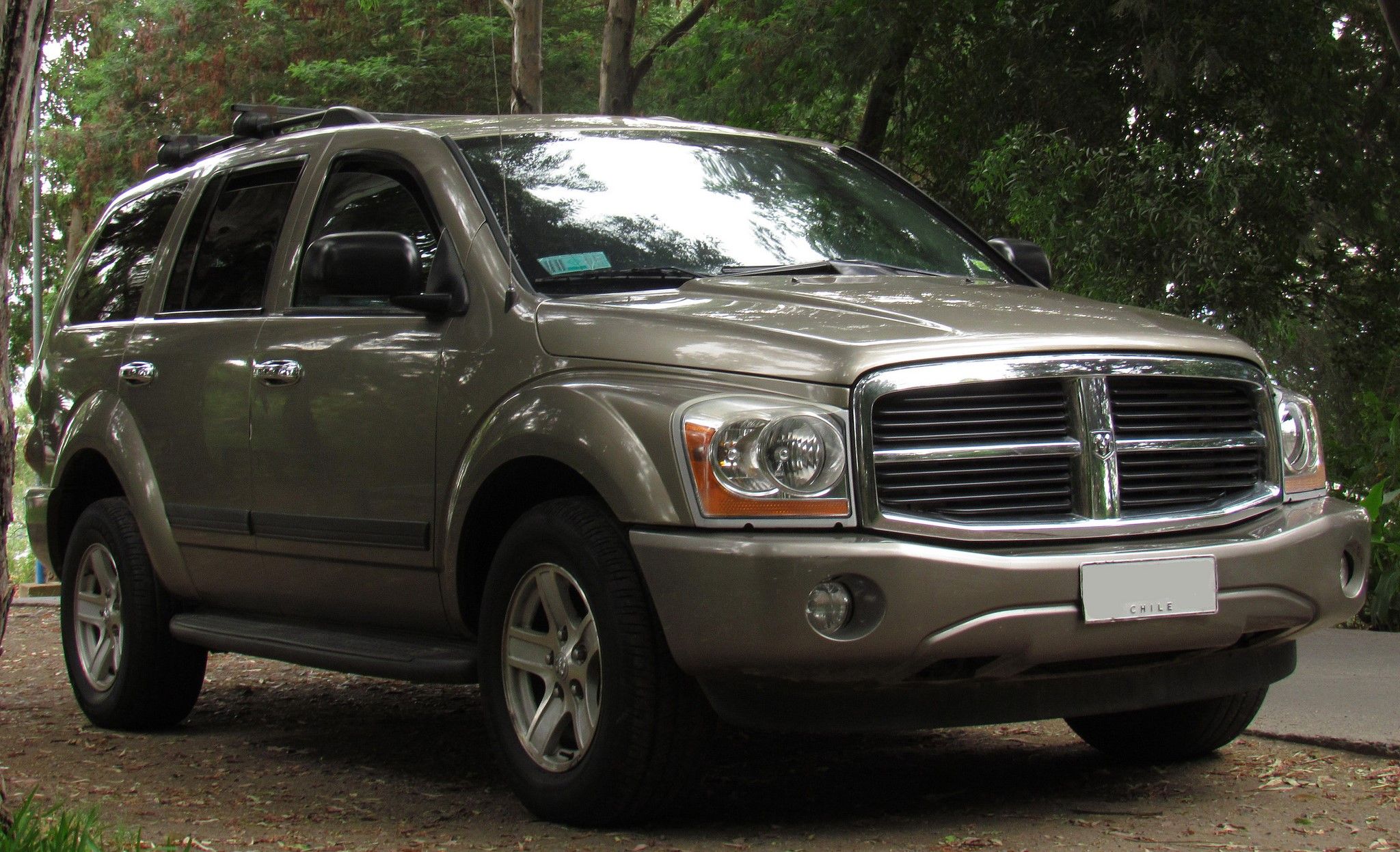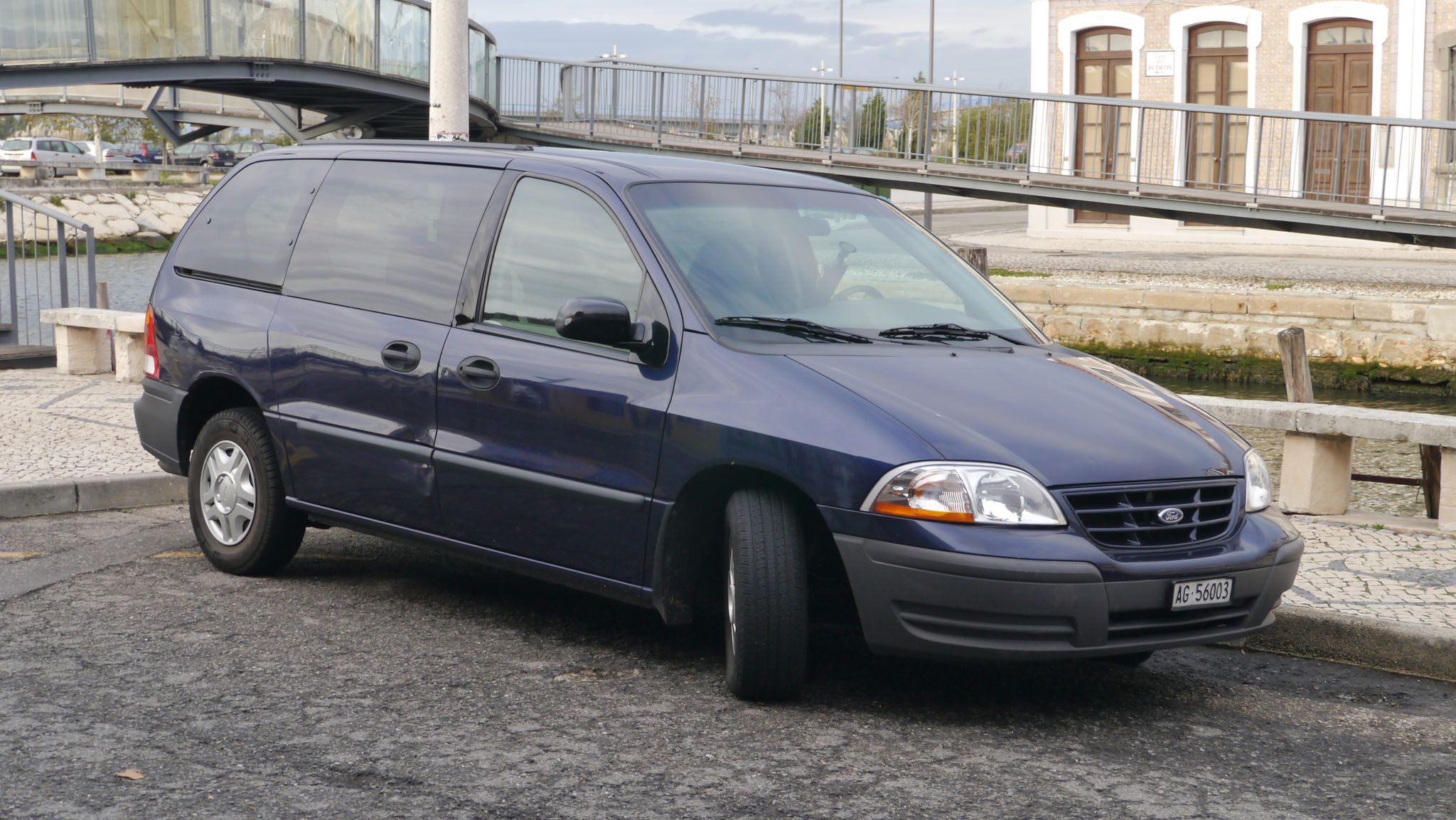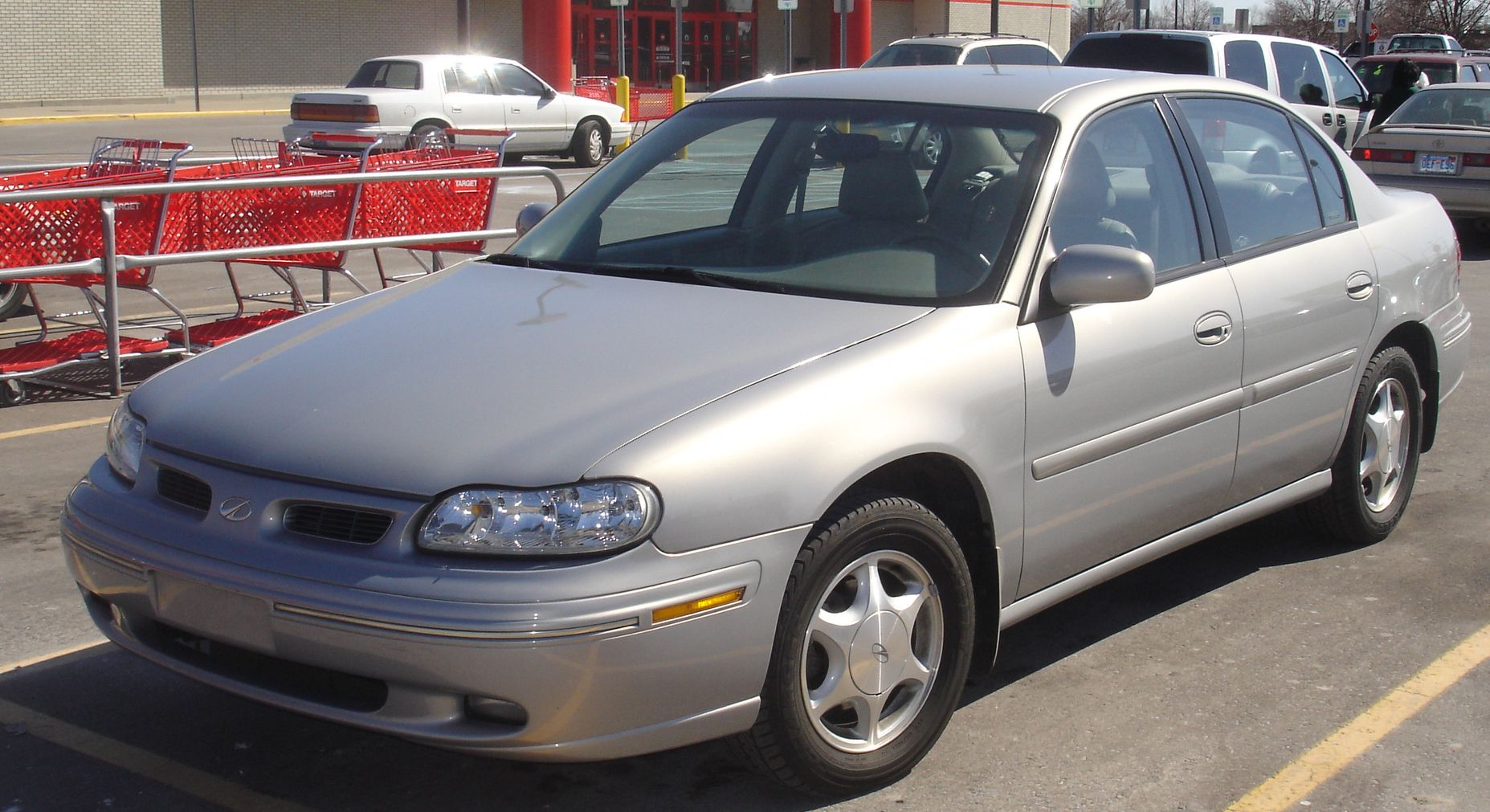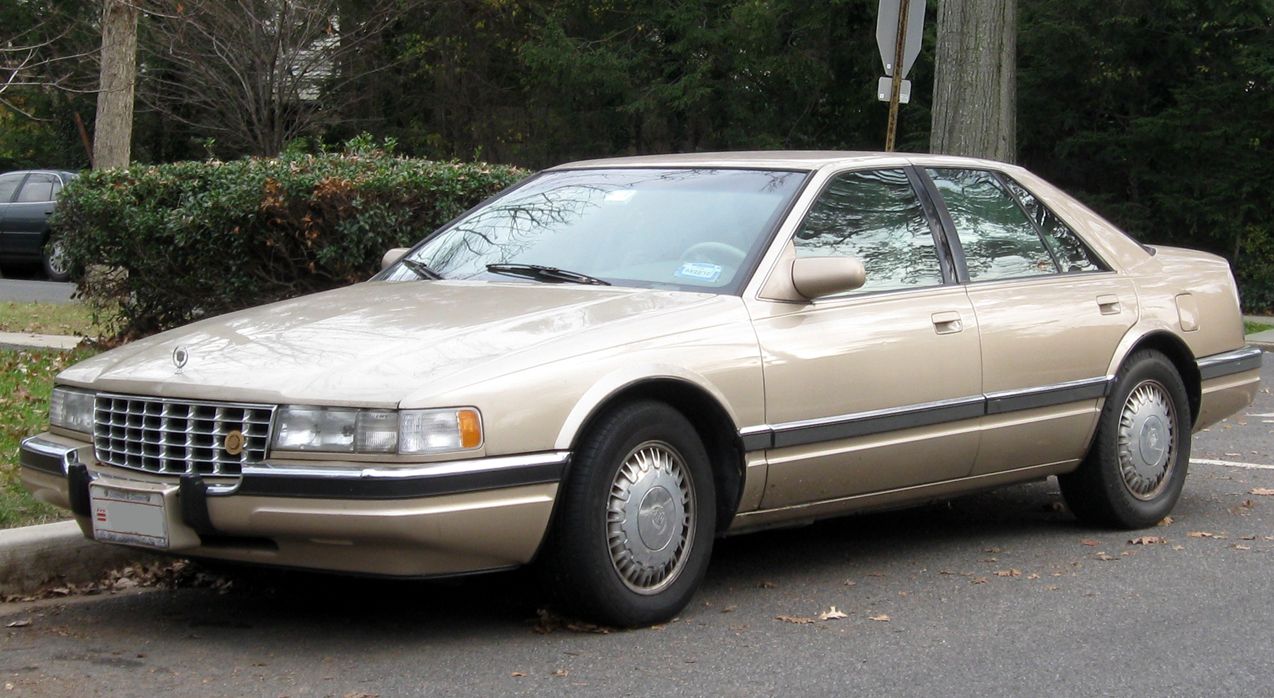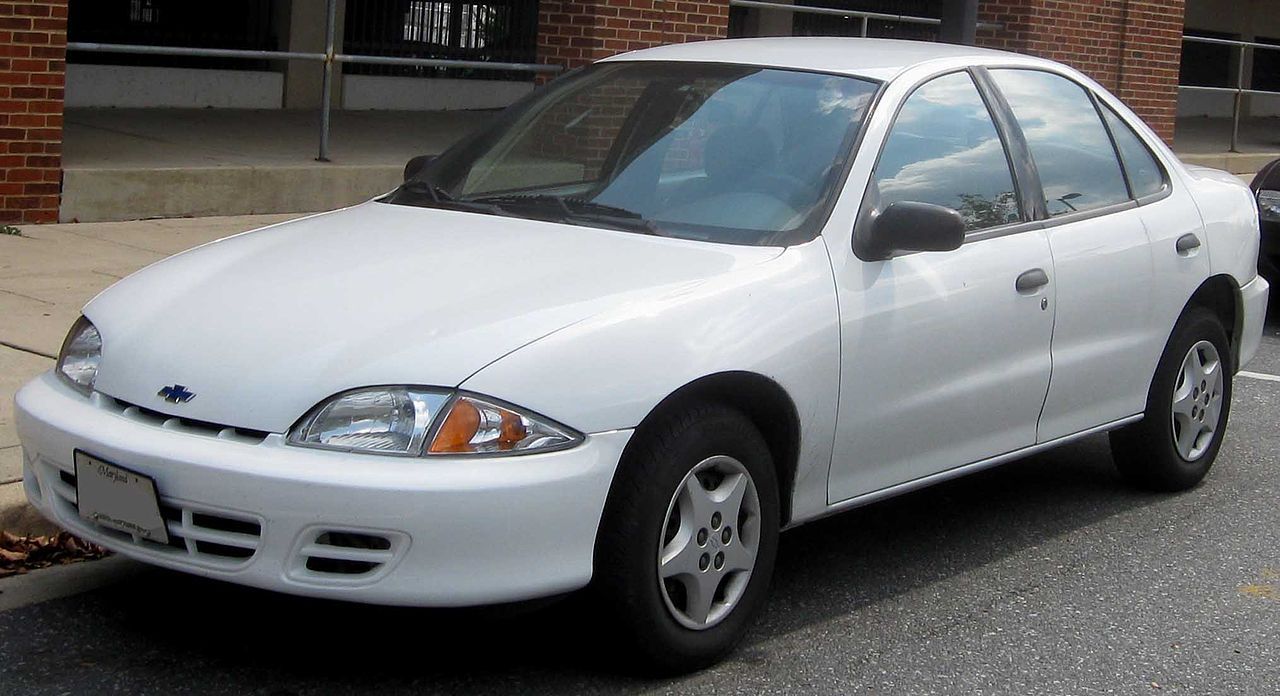The USA's automotive industry has created plenty of incredible cars over the years. Tire-smoking muscle cars and tough pickups have caught the eyes of automotive enthusiasts from all around the globe. There are few other places in the world where consumers can find cars that offer the same level of performance and style. It’s no surprise that many of the Big Three’s most notable models are imported into countries where they were never offered. In recent years, US vehicles have improved considerably, as car companies have ditched plastic-laden interiors and improved their suspension designs. The USA’s popular V8-powered machines no longer exist in a world of their own. However, despite these vast improvements, it’s certainly no secret that US automakers have produced many boring and awful vehicles throughout the years.
While both classic and modern muscle cars continue to steal the world’s attention, many still remember the Big Three’s worst and blandest cars, some of which were built far too recently. Foreign companies have generally gained a reputation for building superior vehicles in the US. While today’s offerings from the Big Three are now generally better constructed and feature appealing designs, it wasn’t that long ago when US cars could barely compete on their home turf. Chrysler, Ford, and GM built a wide array of horribly boring, slapped-together cars, and the US public still bought them for some reason. Avoid repeating history, and don’t buy any of these uninspired cars.
20 Cadillac Cimarron
Ever since its inception, Cadillac built some of the best luxury cars in the world. That was until the company nosedived in the ‘70s and never recovered. By the 1980s, the once-prestigious brand had lost all credibility, selling some truly embarrassing “luxury” cars. However, none were as unfortunate as the Cimarron. Created from the barebones Chevy Cavalier, the Cimarron was hardly a luxury car, with leather seats being the only premium aspect of the vehicle. Cadillac even preferred its retailers to refer to it as “Cimarron by Cadillac,” according to Hemmings. Perhaps even Cadillac thought the Cimarron was an embarrassment.
19 Ford Mustang II
Sequels are rarely as good as the original, and the Mustang II is one of the most infamous examples of this. Even though the beloved classic had already undergone a rather unfavorable refresh in 1971, the second-generation model was considerably worse. Dubbed "Mustang II," this car was somewhat derived from Ford’s Pinto, even sharing a four-cylinder and a V6 with the much-maligned sub-compact. While the Mustang was never as musclebound as other classic US cars, it’s still embarrassing that the 1974 model, the Mustang II’s first year, wasn’t even available with a V8. As for the styling, the less said, the better.
18 Dodge Stratus
Chrysler seems to have trouble with building decent mid-size sedans. During the ‘90s, Chrysler’s cars were easily recognizable by their cab-forward design, which, while dated, was at least unique. When it came to the Dodge Stratus, also called the "Plymouth Breeze" and "Chrysler Cirrus," the company decided to tone down this styling cue to the point where it’s nearly imperceptible. Don’t expect strong performance either, as it was only ever offered with either a bland four-cylinder motor or an unimpressive V6, with similarly indifferent suspension. Even though the Stratus was offered until 2006, it’s no surprise that this model has become increasingly uncommon over the years.
17 2013-2016 Dodge Dart
Despite common misconceptions, the original Dodge Dart wasn’t a muscle car but instead a practical and reliable compact sedan with performance-oriented options. The modern Dart only meets the first part of that description, and it certainly won’t be as favorably remembered as its namesake.
Given that Dodge pulled its only compact offering after four model years, it’s probably safe to say that it wasn’t very good and that it won’t be desirable in the future.
Owners didn’t particularly like their new Darts either, as Consumer Reports found it to be the lowest-rated compact by owners, who cited persistent mechanical issues and weak air conditioning among other problems.
16 1989-1990 Ford Thunderbird
Ford’s Thunderbird changed quite a bit over the years, transforming from a Corvette competitor to a fat personal luxury car. The 1980s Fox-body model began straddling the line between luxury and sports car until it was completely redesigned for 1989, now sitting on an all-new platform.
Unfortunately, this T-Bird failed to fly during the first two years of production.
With the exception of the potent Super Coupe model, this large two-door was powered only by a pathetic 140-horsepower V6. Not only was it underpowered, but this 3.8-liter motor was prone to head gasket issues, as reported by the LA Times.
15 Pontiac G5
Badge engineering is the laziest way for a large conglomerate to create a new model, and General Motors is one of the worst offenders. The Chevy Cobalt was a rather uninspired compact sedan or coupe but still a large improvement over the horrible Cavalier it replaced.
In an attempt to fill Pontiac’s lineup, GM indifferently fitted the Cobalt with an incredibly obvious split grille cover, slapped on a few new badges, and renamed it “G5.”
Besides being one of the most transparent examples of badge engineering, the G5 didn’t even get the Cobalt’s well-received supercharged or turbocharged SS trim, rendering this Pontiac entirely inferior to its Chevy counterpart.
14 Chrysler Sebring
During the 2000s, mid-size sedans were the bread and butter for many automakers. Chrysler was the exception, as its offering was the downright-embarrassing Sebring. From the late ‘90s to the mid-2000s, the Sebring was merely subpar. However, the 2007 model took the nameplate from below average to bottom of the barrel. The exterior was vomit-inducing from every angle, from each questionable little detail to the body’s overall shape. On the inside, things were even worse, as it featured some of the worst plastics ever put into a car. As for powertrains, the Sebring had three different engine choices, but only one was acceptable.
13 Chevrolet Aveo
Cheap hatchbacks aren’t necessarily bad. Automakers can build well-designed machines that are fun to drive for a low price. However, anybody who's spent time behind the wheel of a Chevy Aveo would understandably think otherwise. The Aveo’s styling almost seems to have been purposefully designed to be as bland as possible, and it has an interior to match. It’s hard to believe that a car designer could create anything this featureless. Unsurprisingly, the powertrain is nothing worth discussing, as later examples produced just over 100 horsepower. If that’s not bad enough, the Aveo also received marginal IIHS crash-test ratings in all but one category.
12 Chrysler PT Cruiser
There are few cars as widely ridiculed and despised as the Chrysler PT Cruiser. Even though the retro-styled hatchback was well received when it was new, nobody was mourning its departure from Chrysler’s lineup. Perhaps everyone hates this model due to how poorly it aged and how little Chrysler changed it over its near-decade-long production run. Even the updated models, however, were barely distinguishable from previous model years. Not even a potent turbocharged model was enough to make the PT Cruiser appealing to most consumers, let alone car enthusiasts. As a result, it went from being an appreciated retro compact to a hated has been.
11 Ford Aspire
It’s abundantly clear that US car companies are wholly incapable of building a cheap hatchback that appeals to consumers. For many years, Ford decided to sell the Kia-built Festiva in the States, where it never became a beloved car, given its tinny design and diminutive size. As bad as the Festiva was, Ford made it much worse by renaming the new 1993 model “Aspire” in the US. While that name would likely have never been popular on any kind of car, this choice implied that Ford considered this ugly budget hatchback to be an aspirational vehicle. Unsurprisingly, very few shared this viewpoint.
10 Dodge Caliber
When it came time to replace the aging and unsafe Neon, Dodge decided to follow in the footsteps of the PT Cruiser but minus the nasty retro styling.
Instead of building another sedan, this new Mopar received a taller, boxier hatchback body, making the Caliber more akin to a compact crossover.
Even though its styling stands out fairly well for the segment, it had far too many problems to be considered a decent car. As with every Chrysler of the late 2000s, the Caliber’s interior was constructed from cheapest plastics. Mechanically, its only automatic transmission was a CVT, dampening any potential fun the Caliber could provide.
9 1995-2002 Lincoln Continental
Perhaps the worst fate a car can have is to become popular, only to have later generations tarnish the name. Continental is likely Lincoln’s most widely recognized nameplate, but the brand decided to slap it on a rather uninspired vehicle during the ‘90s.
Instead of building this legendary model on a new platform, Ford decided that it should be based on the pedestrian Taurus.
Perhaps in an attempt to make up for its underwhelming chassis, Ford crammed a 4.6-liter V8 under the Continental’s hood. While that may sound nice, the Taurus underpinnings forced this motor to spin the front wheels.
8 2004-2009 Dodge Durango
The Dodge Durango strays away from the tradition full-size SUV formula. It manages to offer the capabilities and practicality of a full-size SUV while being closer in size to a large crossover. The current model manages to recapture the attitude and handsome design of the original Durango. Unfortunately, the second generation completely failed in this regard. It was nothing short of hideous, especially when the SUV’s bizarre front end is in view. While one would never expect a Durango to have a luxurious interior, it’s plastic-y dashboard and door cards would still manage to shock anyone, regardless of what the dealer’s asking price is.
7 Ford Windstar
While three-row SUVs have become the popular choice for family hauling, minivans are still a more practical alternative for moving seven passengers. The entire segment was started by Chrysler when it released the Dodge Caravan. Ford decided to cash in on this minivan boom by building the Aerostar and later replaced it with the Windstar, which featured a more conventional minivan design. However, the biggest problem with the Windstar was its styling. If it wasn’t lame enough being a minivan, the Windstar certainly appears to be heavily inspired by its Mopar competition, almost looking like a cheap knockoff from some angles.
6 2007-2017 Jeep Compass
Jeep is known for building tough and capable machines that can take on any terrain. Sadly, it’s becoming more difficult to sell truly capable off-roaders these days, most likely due to fuel-efficient reasons.
While the company has managed to create off-road-ready and efficient crossovers, it's also built one of the worst SUVs: the Jeep Compass.
While the current model has been vastly improved, the first-generation Compass was terrible, ending up on a Consumer Reports list of cars that owners regretted purchasing. However, this awful crossover apparently sold well enough that Jeep kept it on dealer lots for a solid decade before finally redesigning it.
5 2008-2011 Ford Focus
The Ford Focus has become a somewhat iconic machine, at least when it comes to compact cars. One possible reason for this European hatchback’s success may be due to its unique styling. The current model keeps the classic Focus style intact, but Ford once chose to completely scrap this recognizable appearance in North America. Where the original was a reasonably attractive hatchback, the new US model for 2008 was only offered as a bland four- or two-door sedan. Besides featuring less remarkable styling, Ford chose to discard the Focus’s practical body styles as well. It’s no surprise that Ford brought the European model back to the States after 2011.
4 1997-1999 Oldsmobile Cutlass
During the 2000s, GM decided to ditch its least remarkable brands, with Oldsmobile being dropped first. As it had produced cars like the late ‘90s Cutlass, it’s no surprise why the company was given the boot. Where the original Cutlass was an attractive car with impressive muscle car variations, the final example was nothing more than a lame Chevy Malibu with a slightly different grille. Regardless of which badge this car carries, there's nothing fun or interesting about it. None of the engines will provide much power, and the styling seemed to be inspired by the blandest generations of the Toyota Camry.
3 1992-2004 Cadillac Seville
There seem to be two approaches to luxury: either build a simple, traditional car with plenty of legroom and overstuffed leather seats or build a technological powerhouse with all the latest gadgets. The ‘90s was when the automakers started shifting towards the latter, and the Seville was one of Cadillac’s early attempts at building more modern and appealing luxury cars. Unfortunately, the Seville wasn’t very good. Not only was it rather hideous, but it was also powered by the horribly unreliable Northstar V8, which, of course, drives the front wheels. While the technology may have been impressive in the ‘90s, it has aged poorly over the decades.
2 Chevrolet Cavalier
Today, compact cars are almost entirely limited to practical hatchbacks or compact crossovers, but that wasn’t always the case.
The Chevy Cavalier became a bit of a relic, as it came from the ‘80s and lasted until the 2000s, and it was offered as a coupe, a sedan, or, rather humorously, a convertible.
While the ‘80s was a good time for cheap sedans and coupes, by the ‘90s, these body styles had become completely outdated, as had the Cavalier’s mechanical bits. Its final generation had a horribly obsolete four-speed automatic, replacing the previous three-speed box. There was little reason to purchase one of these basic machines when it was new.
1 2008-2010 Saturn Vue
Even though it gets no respect today, Saturn was certainly something special back in the ‘90s due to its cars’ quirky styling and plastic body panels. However, by the end of the company’s life, this distinction was greatly diminished, making its cars virtually identical to other bland GM offerings. The original Saturn Vue was distinctively a Saturn, but the second-generation model was so unremarkable that GM rebadged it as the "Chevy Captiva Sport" after Saturn’s demise, and many buyers probably didn’t even notice. Even if history hasn’t been kind to Saturn, it’s worth remembering that the company once produced unique cars.
Sources: IIHS, Consumer Reports, LA Times, Hemmings, Wikipedia

